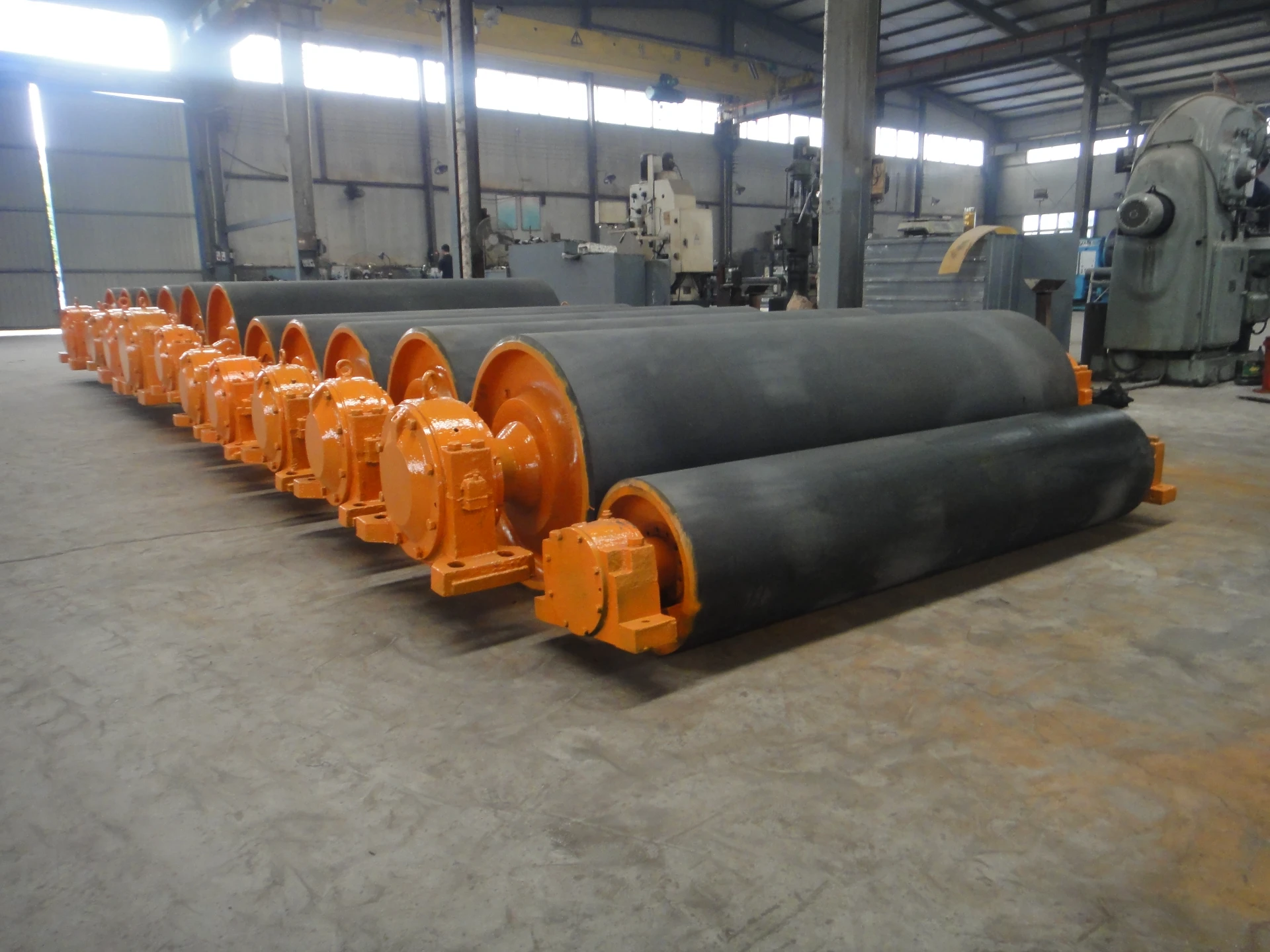 Afrikaans
Afrikaans  Albanian
Albanian  Amharic
Amharic  Arabic
Arabic  Armenian
Armenian  Azerbaijani
Azerbaijani  Basque
Basque  Belarusian
Belarusian  Bengali
Bengali  Bosnian
Bosnian  Bulgarian
Bulgarian  Catalan
Catalan  Cebuano
Cebuano  Corsican
Corsican  Croatian
Croatian  Czech
Czech  Danish
Danish  Dutch
Dutch  English
English  Esperanto
Esperanto  Estonian
Estonian  Finnish
Finnish  French
French  Frisian
Frisian  Galician
Galician  Georgian
Georgian  German
German  Greek
Greek  Gujarati
Gujarati  Haitian Creole
Haitian Creole  hausa
hausa  hawaiian
hawaiian  Hebrew
Hebrew  Hindi
Hindi  Miao
Miao  Hungarian
Hungarian  Icelandic
Icelandic  igbo
igbo  Indonesian
Indonesian  irish
irish  Italian
Italian  Japanese
Japanese  Javanese
Javanese  Kannada
Kannada  kazakh
kazakh  Khmer
Khmer  Rwandese
Rwandese  Korean
Korean  Kurdish
Kurdish  Kyrgyz
Kyrgyz  Lao
Lao  Latin
Latin  Latvian
Latvian  Lithuanian
Lithuanian  Luxembourgish
Luxembourgish  Macedonian
Macedonian  Malgashi
Malgashi  Malay
Malay  Malayalam
Malayalam  Maltese
Maltese  Maori
Maori  Marathi
Marathi  Mongolian
Mongolian  Myanmar
Myanmar  Nepali
Nepali  Norwegian
Norwegian  Norwegian
Norwegian  Occitan
Occitan  Pashto
Pashto  Persian
Persian  Polish
Polish  Portuguese
Portuguese  Punjabi
Punjabi  Romanian
Romanian  Russian
Russian  Samoan
Samoan  Scottish Gaelic
Scottish Gaelic  Serbian
Serbian  Sesotho
Sesotho  Shona
Shona  Sindhi
Sindhi  Sinhala
Sinhala  Slovak
Slovak  Slovenian
Slovenian  Somali
Somali  Spanish
Spanish  Sundanese
Sundanese  Swahili
Swahili  Swedish
Swedish  Tagalog
Tagalog  Tajik
Tajik  Tamil
Tamil  Tatar
Tatar  Telugu
Telugu  Thai
Thai  Turkish
Turkish  Turkmen
Turkmen  Ukrainian
Ukrainian  Urdu
Urdu  Uighur
Uighur  Uzbek
Uzbek  Vietnamese
Vietnamese  Welsh
Welsh  Bantu
Bantu  Yiddish
Yiddish  Yoruba
Yoruba  Zulu
Zulu idler bearing housing
Understanding Idler Bearing Housing Importance and Applications
The idler bearing housing is a critical component in various mechanical systems, particularly in machinery that requires the efficient transfer of power and motion. This article delves into the significance, design, and applications of idler bearing housings, shedding light on their role in enhancing mechanical efficiency.
What is an Idler Bearing Housing?
An idler bearing housing is a protective structure that encases the idler bearing, which supports rotating shafts in devices such as conveyors, rollers, and industrial machinery. The idler bearing allows for smooth rotation and reduces friction between moving parts, ultimately increasing the lifespan of the machinery. Specifically, the housing serves as a secure enclosure that not only holds the bearing in place but also protects it from contaminants such as dust, dirt, and moisture.
Design Considerations
Designing an effective idler bearing housing involves several crucial factors. First and foremost, the material selection is vital. Common materials include steel, aluminum, and certain polymers, chosen based on the operational environment and the mechanical stress anticipated during use. For instance, in a manufacturing environment where heavy loads are common, a robust steel housing may be preferred for its strength and durability.
Another important aspect is the housing's compatibility with the bearing type. Different bearings have unique tolerances and operational characteristics, and the housing must accommodate these variations. Moreover, the design must facilitate easy installation and maintenance, enabling engineers to replace bearings without extensive disassembly of the equipment.
idler bearing housing

In addition to material and compatibility, the design should incorporate features that enhance cooling or lubrication, as overheating can lead to premature bearing failure. This can be achieved through various means, such as designing for adequate airflow or integrating grease fittings for regular lubrication.
Applications of Idler Bearing Housing
Idler bearing housings find applications in a wide array of industries. In manufacturing and material handling, these housings are commonly used in conveyor systems. Conveyors transport products through various stages of production or distribution, and the idler bearing housing allows for smooth operation of the rollers without excessive wear.
In the mining industry, idler bearing housings are integral to the functionality of heavy machinery. Equipment such as excavators and dump trucks rely on these components to maintain efficient movement and heavy load support. The rugged nature of mining operations means that the housing and its bearings must withstand extreme conditions, including dust, moisture, and shock loads.
Furthermore, the automotive industry utilizes idler bearing housings in various vehicle components, including engines and transmission systems. Here, the housings contribute to smooth operation, enhancing overall vehicle performance and reliability.
Conclusion
In summary, the idler bearing housing plays a vital role in the functionality and efficiency of numerous machines across various industries. Its design must prioritize durability, compatibility, and ease of maintenance, ensuring that it can withstand demanding environments and loads while protecting the bearings it houses. As technology advances, innovations in materials and designs will likely further enhance the performance of idler bearing housings, making them even more integral to machinery across sectors. Understanding the importance of these components is essential for engineers striving to optimize machinery performance and reliability.
-
Revolutionizing Conveyor Reliability with Advanced Rubber Lagging PulleysNewsJul.22,2025
-
Powering Precision and Durability with Expert Manufacturers of Conveyor ComponentsNewsJul.22,2025
-
Optimizing Conveyor Systems with Advanced Conveyor AccessoriesNewsJul.22,2025
-
Maximize Conveyor Efficiency with Quality Conveyor Idler PulleysNewsJul.22,2025
-
Future-Proof Your Conveyor System with High-Performance Polyurethane RollerNewsJul.22,2025
-
Driving Efficiency Forward with Quality Idlers and RollersNewsJul.22,2025





























